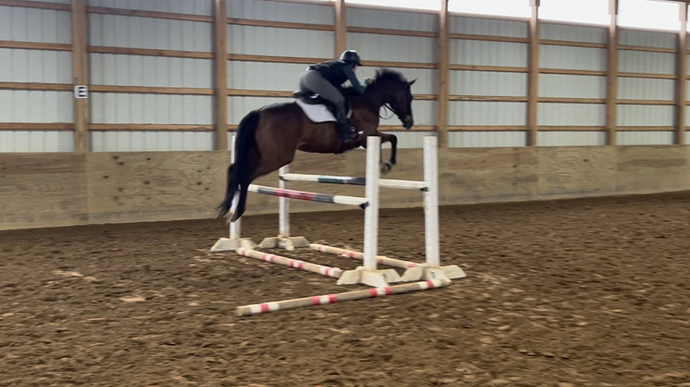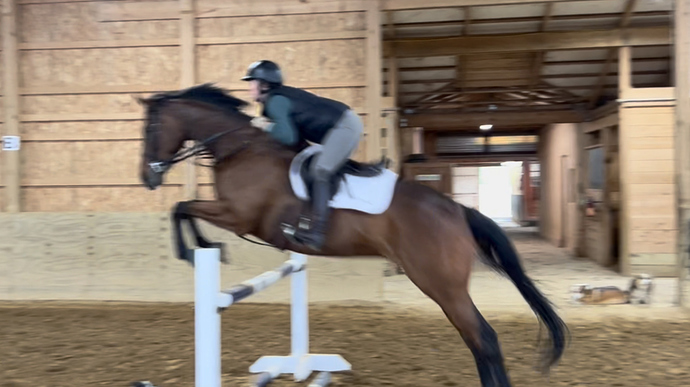Thought COTHers might enjoy this article. 
Across country, thoroughbreds were “significantly more likely” to jump clear inside the time compared to non-thoroughbreds – almost 14% of all thoroughbred entries from the data had no cross-country penalties – but non-thoroughbreds were twice as likely to showjump clear than thoroughbreds.
It was fascinating to see that a lot of public perception is correct; thoroughbreds do not score as well in dressage and as someone who’s always ridden thoroughbreds, I understand that to be true. I think we could further disseminate it to look at whether that’s truly because thoroughbreds are not as good at dressage, or because there is a judging bias, or because Olympians tend to have a lot of funding and are probably not on thoroughbreds.
Bold mine as it was an interesting statement to me. I’ve felt it can be 50/50. I’ve found if I don’t say my horse is a TB, he tends to get much more positively framed remarks.
Also would be worth exploring if TBs that never started (for racing) statistically score better than those that do. Thinking of the very high percentage blood/TBs (Sam, Abraxas) that were competitive in dressage. It could be that the starting for racing is detrimental to their dressage success, not the breed. N=1 here but I’ve found dressage so much easier on TBs that never raced (or were started to race), versus those that did.
What is really interesting to me about this article is how it indirectly reinforces how much weight dressage has in final placings; despite the fact TBs appear to be statistically more likely to jump clear inside the time (and 14% have no XC penalties - a huge number), they aren’t winning as often as other breeds.


